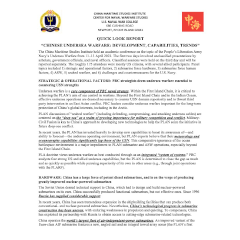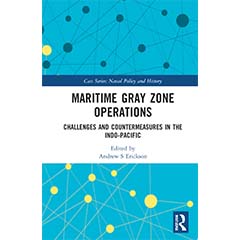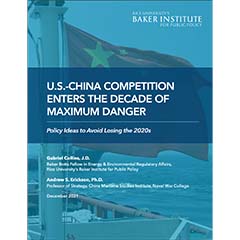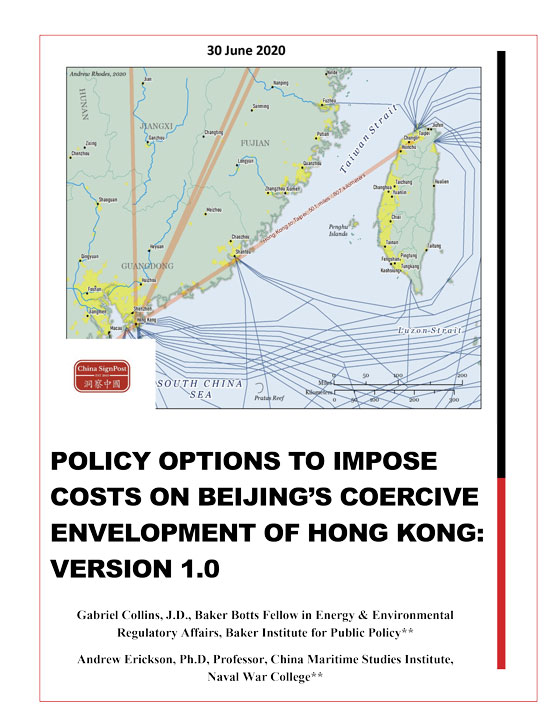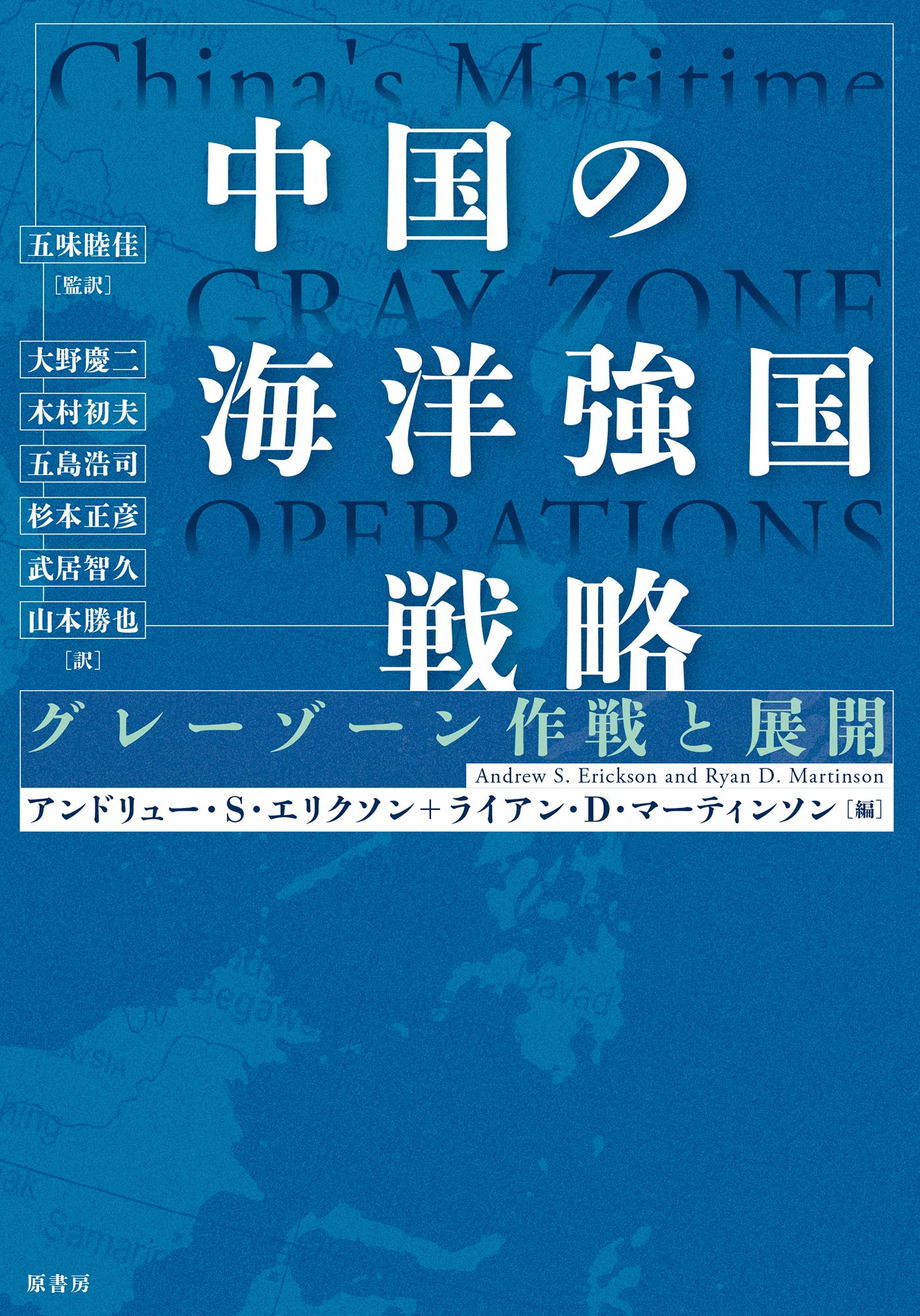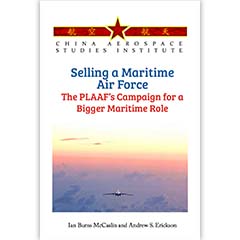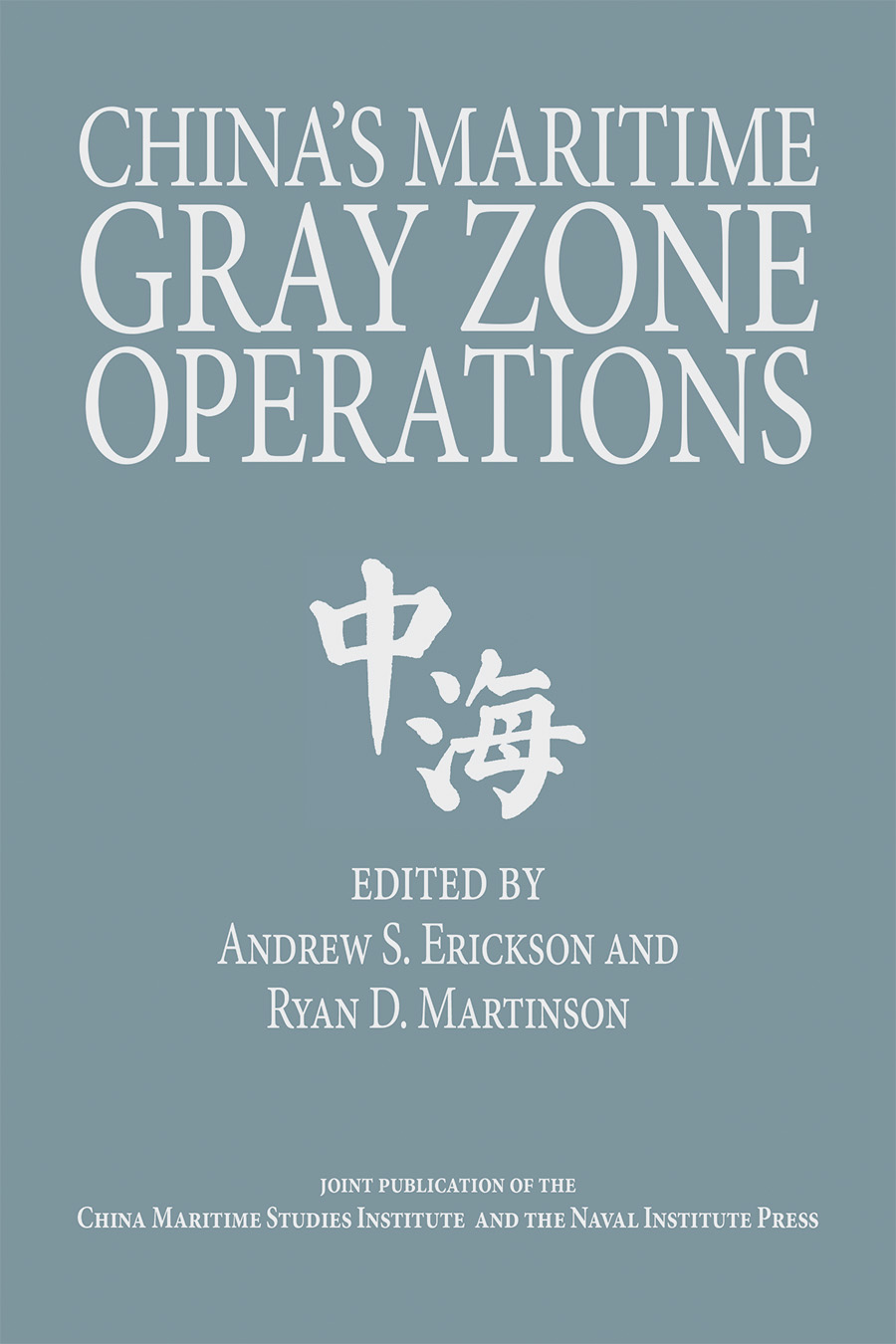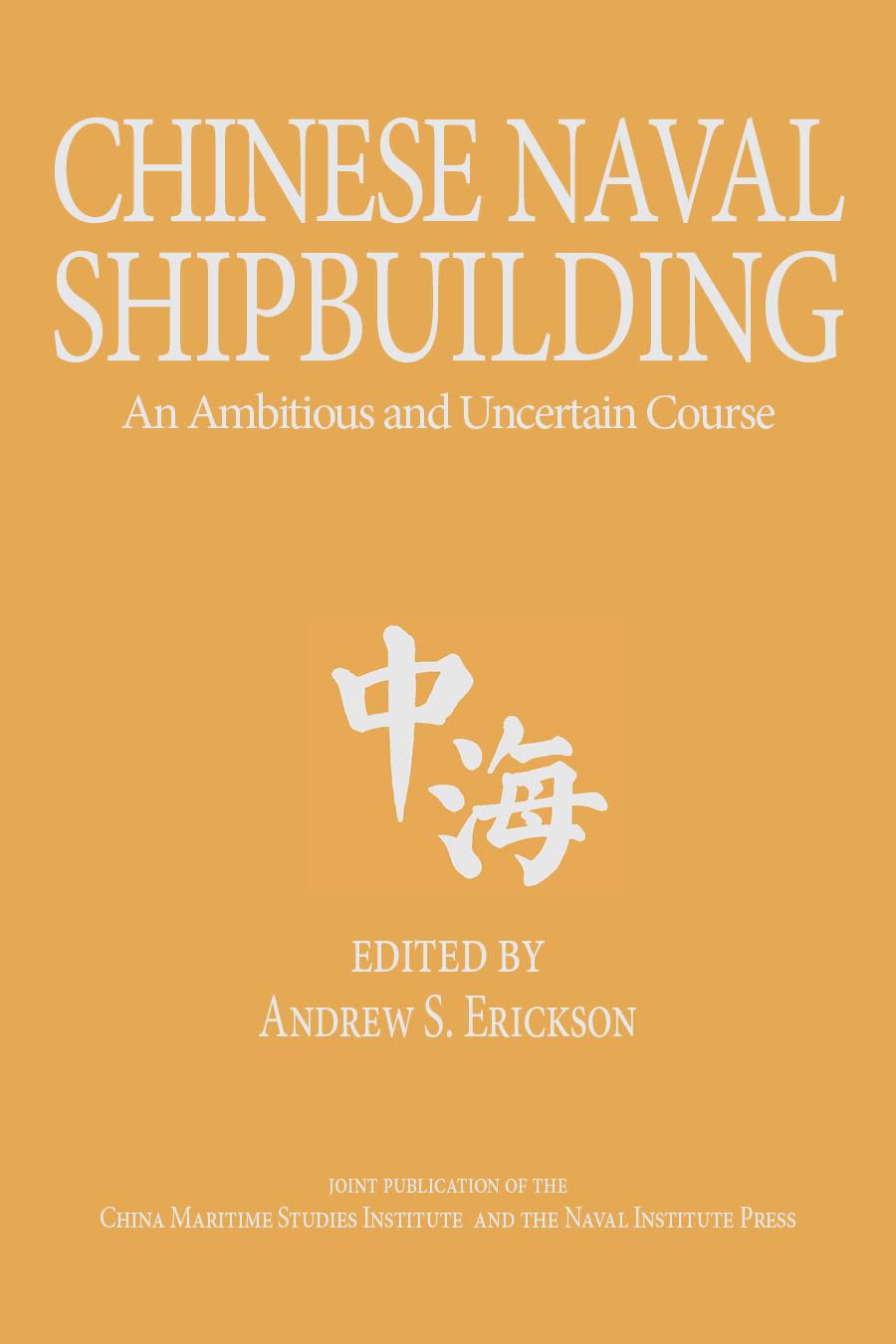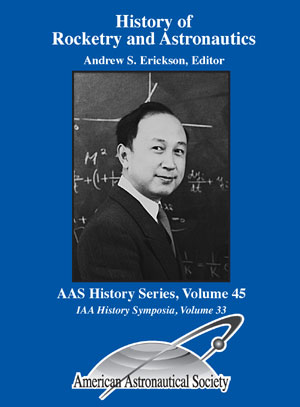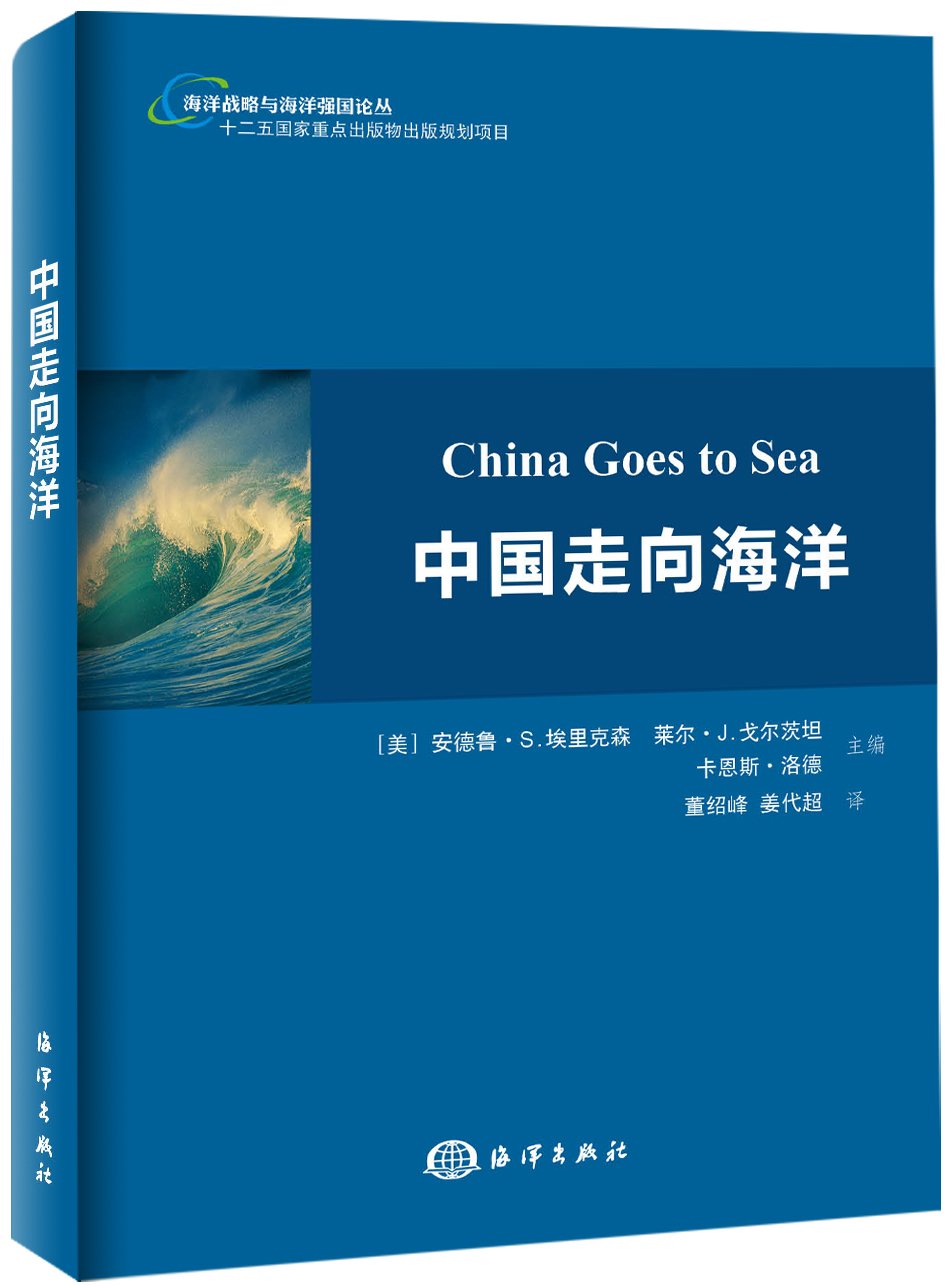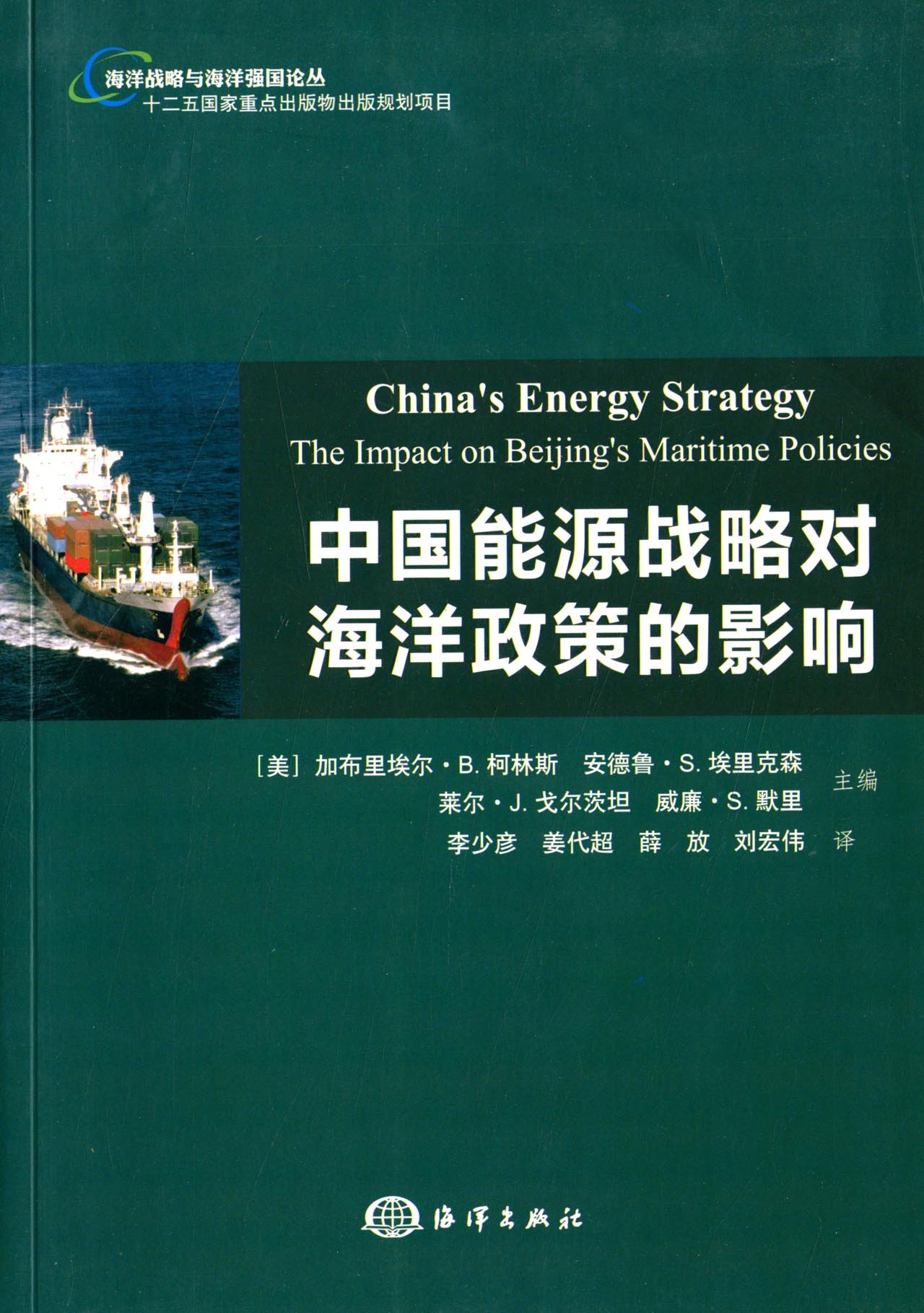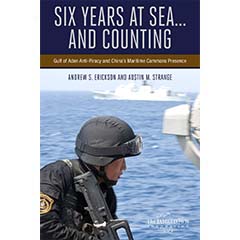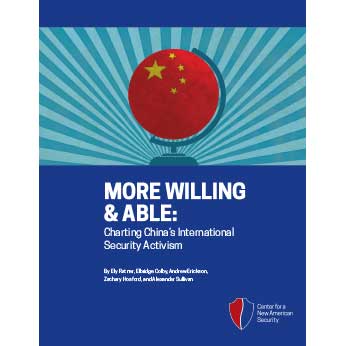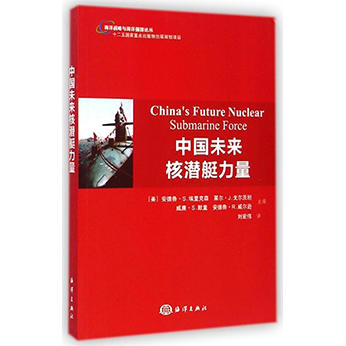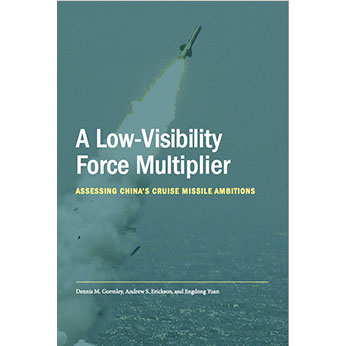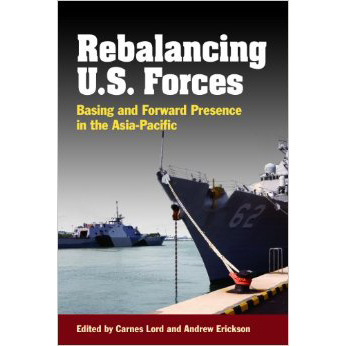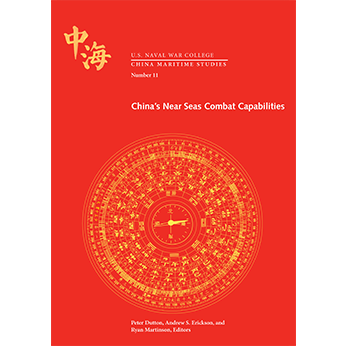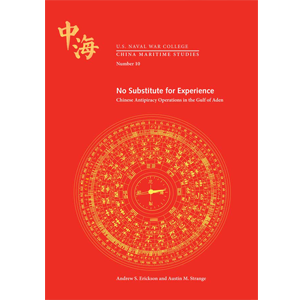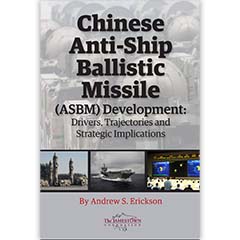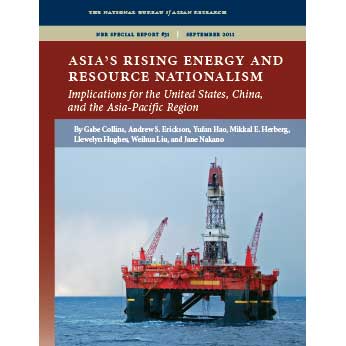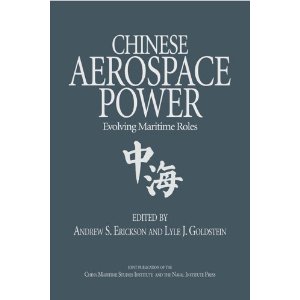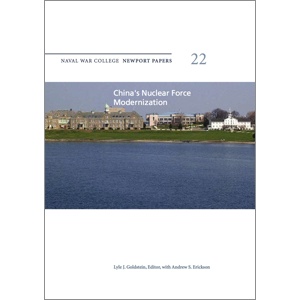Must-Read from Ryan Martinson—Lead Article in Naval War College Review Double Issue: “War without Surprises—Education for Command in the People’s Liberation Army Navy”
Ryan D. Martinson, “War without Surprises—Education for Command in the People’s Liberation Army Navy,” Naval War College Review 77.3 (Summer/Autumn 2024): 14–27.
In the lead article for a special double issue of Naval War College Review, published in commemoration of the Naval War College’s 140th anniversary, CMSI Professor Ryan Martinson analyzes the professional development of China’s Navy Officers at the People’s Liberation Army Navy (PLAN) Naval Command College (NCC).
In his article, Professor Martinson probes the role of professional military education in preparing PLAN officers to command forces in combat. He covers the curriculum of the intermediate and senior command courses at NCC in Nanjing, the programs’ capstone graduation wargame, and case studies of representative graduates. Professor Martinson notes the curriculum’s changing combat scenarios as well as NCC’s emphasis on pedagogical wargaming.
Professor Martinson’s sobering concluding paragraph offers penetrating questions requiring deep reflection:
“…the PLAN’s approach to midcareer officer education should prompt some reflection within U.S. PME institutions—above all, within the U.S. Naval War College. Do existing curricula strike the right balance between strategy and policy studies and the practice of modern naval warfare? Do all graduates depart the College with a solid understanding of the capabilities, doctrines, and organization of the country’s most dangerous potential adversary? How much educational wargaming is needed to give naval officers ample opportunity to apply the knowledge they gain in the classroom? Despite the tendency of USN leaders to glorify the achievements of the War College in the 1920s and 1930s, it is the PLAN—not the US Navy—whose midcareer officer education more closely resembles the practices of that era. Has the College simply evolved a better approach, or might there be elements from the past worth resurrecting?”
Professor Martinson’s article is a must-read for China Navy watchers and all who want to better understand how the PRC educates its military.
CLICK HERE TO DOWNLOAD A CACHED COPY.
Jonathan D. Caverley Interim Editor, Naval War College Press, “From the Editors,” Naval War College Review 77.3 (Summer/Autumn 2024): 4.
“Fittingly for an issue of the Review celebrating the past and future of the United States Navy’s professional military education, our lead article analyzes the professional development of the competition. Ryan Martinson’s “War without Surprises: Education for Command in the People’s Liberation Army Navy” dives into the role of professional military education in preparing China’s People’s Liberation Army Navy (PLAN) officers to command forces in combat. Following a discussion of postreform distribution of “joint” versus “naval” command positions in the People’s Liberation Army, Martinson’s tour de force covers the curriculum of the intermediate and senior command courses at the Naval Command College in Nanjing, the programs’ capstone graduation war game, and case studies of representative graduates. Martinson notes the curriculum’s changing combat scenarios as well as the Naval Command College’s emphasis on pedagogical war gaming. This is a must-read for any commander in the Indo-Pacific, professional war gamer, or faculty member in professional military education.”
ABOUT THE AUTHOR
Mr. Ryan D. Martinson is an assistant professor in, and a core member of, the China Maritime Studies Institute at the Naval War College. He holds a master’s degree from the Fletcher School of Law and Diplomacy at Tufts University and studied at Fudan University, the Beijing Language and Culture University, and the Hopkins-Nanjing Center. He researches China’s maritime strategy, especially its coercive use of sea power in East Asia. In 2021, Martinson won the Naval War College’s Civilian Faculty Research Excellence Award.
INTRODUCTION
Today, the most likely—and most dangerous—wars that the People’s Republic of China (PRC) might fight involve disputed territories, the vast majority of which are islands. These include Taiwan, the Penghus, Kinmen, Matsu, and dozens of tiny features in the East China and South China Seas.1 Given the high likelihood that China’s next military conflict will require it to project power over water, its Central Military Commission (CMC) has taken steps to reorient the People’s Liberation Army (PLA) force structure and strategy for a maritime conflict. As a result, the People’s Liberation Army Navy (PLAN) has grown more prominent, acquired a greater share of China’s military budget, and assumed more leadership across the joint force.2
The PLAN would play a key, possibly central, role in the conflicts the PRC is most likely to fight in the near to middle term. In a Taiwan invasion scenario, the PLAN would operate at the heart of a joint force that would include the PLA ground forces (PLAGF), PLA Air Force (PLAAF), and the PLA Rocket Force (PLARF). PLAN landing ships would ferry PLAGF troops and PLAN marines across the Taiwan Strait to land on beaches, seize ports, and capture airfields. PLAN destroyers and frigates would protect troop transport ships from missile, artillery, and torpedo attack. Minesweepers would clear routes to selected invasion beaches, and logistics ships would support forces ashore. PLAN submarines and other assets—potentially including aircraft carriers—would confront any U.S. or Japanese military forces attempting to intervene in the conflict. PLAN ships, submarines, aircraft, and coastal-defense missile batteries on the Chinese mainland would implement a naval blockade of the island and provide fire support to PLA ground forces on Taiwan.3
The PLAN would play an even more prominent role in a conflict over a disputed land feature in the East China Sea or South China Sea. It likely would be tasked with seizing and maintaining local air and sea control, conducting an amphibious landing—possibly in the face of resistance from an existing occupant—and ultimately maintaining control over the feature. It would operate in conjunction with other forces—especially the PLAAF and PLARF—to deter the United States and others from intervening, and it would strive to minimize the impact of that intervention if deterrence fails.
Most analysis of these scenarios has focused on the quantities and capabilities of the platforms that the PLAN might employ to achieve its campaign objectives.4 To date, there are very few studies about the people who would operate this hardware or the officers who would command them.5 This article seeks to contribute to this neglected area of China security studies. Specifically, it examines the role of professional military education (PME) in preparing PLAN officers to command forces in combat.
PME is a key part of military officers’ preparation for command. It teaches them to look beyond the narrow confines of individual platforms or units and to consider the political, operational, and strategic issues relevant to joint action. Perhaps most famously, the USN officers who led the campaign to defeat Japan in the Pacific War—Chester W. Nimitz, William Halsey Jr., Raymond A. Spruance, Richmond K. Turner, and others—leaned heavily on knowledge and experience gained while students at the U.S. Naval War College. The education they received in Newport in the 1920s and 1930s prepared them for leadership by forcing them to grapple with the scenarios, situations, and challenges they later faced in a war with Japan. Repeated simulation of that conflict through strategic- and tactical-level war games was a core component of their educational experience.6
In the PLAN, midcareer officers on the path to senior command are required to complete two separate certificate courses at the Naval Command College (海军指挥学院) in Nanjing. These programs respectively prepare officers to command forces at two different levels of warfare: the high-tactical level (i.e., combined arms) and the campaign level (i.e., operational). In the event of a conflict, the success of China’s maritime operations will depend heavily on its naval officers’ leadership acumen. Thus, the type and quality of instruction they received at the Naval Command College will have a direct bearing on China’s wartime performance.
This article examines how their time at the Naval Command College prepares senior PLAN officers for wartime leadership through careful review of the available record of PLAN PME practices.7 It comprises four main parts. The first part briefly describes the main command positions, or “billets,” for senior Chinese naval officers in the PLA’s current organizational structure. This discussion serves as foundation for the second part, which closely examines the educational programs at the Naval Command College that are designed to prepare PLAN officers for higher leadership. The third part analyzes the culminating event of officer education at the Naval Command College—the capstone graduation exercise—for insights into how the college uses war gaming as a learning tool. The fourth part profiles three officers who received their midcareer education at the Naval Command College to illustrate the types of officers who attend the college and where this education fits into their career paths. The article concludes with a summary of the main research findings. … … …
CONCLUSION
Fifteen years after the end of World War II, the then-retired Chester Nimitz visited the U.S. Naval War College, where he praised the institution for its valuable role in preparing naval officers like him for command in the Pacific. Perhaps with some exaggeration, he declared: “The war with Japan had been re-enacted in the game rooms here by so many people and in so many different ways that nothing that happened during the war was a surprise—absolutely nothing except the Kamikaze tactics toward the end of the war; we had not visualized those.”101 That is high praise—and similar to what may well be applied by PLAN admirals to the Naval Command College in the future.
As this article has shown, the college at Nanjing is almost entirely focused on preparing naval officers to serve command positions in the future maritime conflicts that China is most likely to fight. Students participating in the intermediate-level course are dedicated to the study of combined-arms naval command, while officers in the senior course concentrate on naval campaign command. In recent years, course work on strategic-level issues has been introduced to ensure commanders are able to grasp the larger context of their actions, but the core purpose of learning is to cultivate naval officers who can make rapid and smart decisions about how best to employ Chinese naval assets to prevail in conflict at sea.
The PLAN Naval Command College’s focus on naval warfare is reflected in its full embrace of educational war gaming.102 Gaming is treated as a didactic tool for both the intermediate and senior courses. Students are expected to leverage the advanced facilities available at the college’s Naval Combat Laboratory—the PLAN’s most advanced facility for tactical- and campaign-level war gaming. Moreover, the heart of the college’s academic calendar is a seven-to-ten-day capstone war game held each winter. The school’s senior leaders are directly involved in the game, a reflection of the importance attached to it. The college assigns members of its Blue Team Center—the PLAN’s premier corps of experts on China’s future enemies—to join the Blue and Green cells. The scenarios are realistic, and the capabilities, organization, and doctrines of Red, Blue, and Green are intended to reflect real life. The result appears to be a highly valuable educational experience for the participants. In the words of one recent student, Li Haichen (李海臣), the sense of “shock and reflection brought by this exercise will follow me throughout my career.”103
In sum, the Naval Command College strives to provide midcareer officers with a full appreciation of the conflict scenarios China could face and the military problems with which PLAN officers must grapple to serve as effective wartime commanders at the high-tactical and operational levels of war. Therefore, graduates should return to the fleet well versed on the PLAN’s best estimates of how the next maritime conflict might start, where it will take place, who will be involved, and what roles PLAN forces will be expected to play.
This preparation, of course, does not guarantee superior command performance in China’s next conflict. As the profiles of three recent graduates of the senior course suggest, students come to Nanjing very raw, with deep experience in a particular warfare community, often in a single unit or geographic area, but with little if any meaningful engagement with other warfare communities in the PLAN, let alone joint experience. It is difficult to imagine that a mere five months at the college can transform these students into effective campaign-level commanders. Moreover, despite some efforts by the college to teach students about the cultures, capabilities, and jargon of other services, it fundamentally remains an institution focused on naval education. This focus puts it at odds with the current PLA imperatives to cultivate officers prepared for joint command. Lastly, effective wartime leadership requires a number of other qualities that may not—perhaps cannot—be cultivated at the Naval Command College, owing to factors inherent in China’s Leninist system. These involve questions of character, individual empowerment, and independence of thought.104
Nevertheless, the PLAN’s approach to midcareer officer education should prompt some reflection within U.S. PME institutions—above all, within the U.S. Naval War College. Do existing curricula strike the right balance between strategy and policy studies and the practice of modern naval warfare? Do all graduates depart the College with a solid understanding of the capabilities, doctrines, and organization of the country’s most dangerous potential adversary? How much educational war gaming is needed to give naval officers ample opportunity to apply the knowledge they gain in the classroom? Despite the tendency of USN leaders to glorify the achievements of the War College in the 1920s and 1930s, it is the PLAN—not the U.S. Navy—whose midcareer officer education more closely resembles the practices of that era. Has the College simply evolved a better approach, or might there be elements from the past worth resurrecting?




